
Free, open & virtual.
This "Part 1" will focus on basic visualization and single subject FMRI processing, including discussions of alignment, templates, regression, ROIs and quality control.
Details & registration: afni.nimh.nih.gov/bootcamp
This tutorial presents afni_proc.py's quality control HTML for single subject FMRI.
The APQC HTML has systematic views of data and useful derived quantities. Users can instantly rate, comment and query the fully processed subject data.
www.youtube.com/watch?v=hD9z...

This tutorial presents afni_proc.py's quality control HTML for single subject FMRI.
The APQC HTML has systematic views of data and useful derived quantities. Users can instantly rate, comment and query the fully processed subject data.
www.youtube.com/watch?v=hD9z...
Free, open & virtual.
This "Part 1" will focus on basic visualization and single subject FMRI processing, including discussions of alignment, templates, regression, ROIs and quality control.
Details & registration: afni.nimh.nih.gov/bootcamp
Free, open & virtual.
This "Part 1" will focus on basic visualization and single subject FMRI processing, including discussions of alignment, templates, regression, ROIs and quality control.
Details & registration: afni.nimh.nih.gov/bootcamp

www.nature.com/articles/s41...
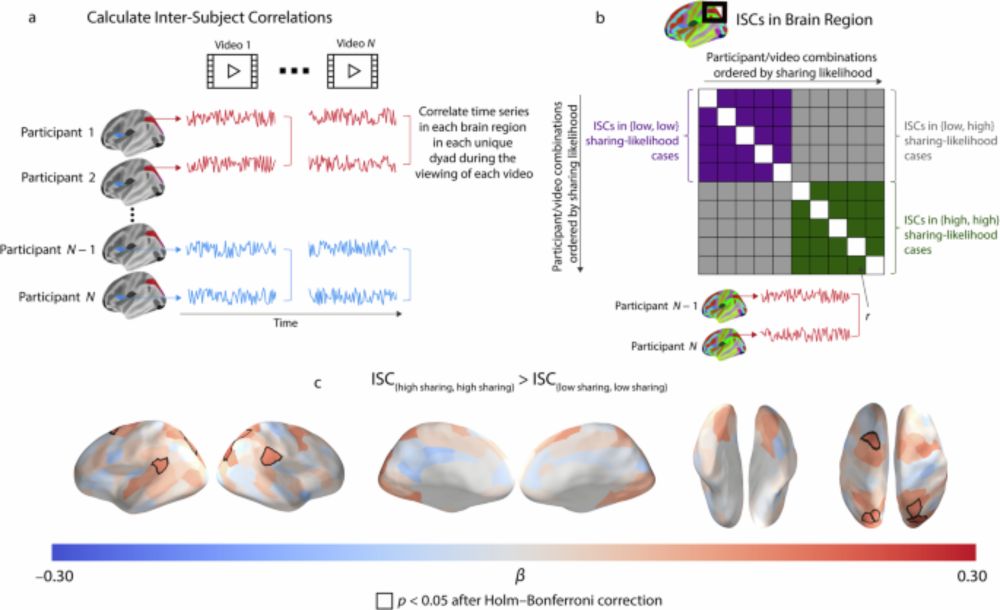


Quick reminder @ the next AFNI Bootcamp: May 28-30, 2025. Learn through interactive data analysis!
Day 1-2: data viz, single subject analysis and QC.
Day 3: statistics, results reporting and group analysis.
Details, registration and schedule:
afni.nimh.nih.gov/bootcamp

Quick reminder @ the next AFNI Bootcamp: May 28-30, 2025. Learn through interactive data analysis!
Day 1-2: data viz, single subject analysis and QC.
Day 3: statistics, results reporting and group analysis.
Details, registration and schedule:
afni.nimh.nih.gov/bootcamp
First 2 days: data visualization, single subject analysis and QC. 3rd day: statistics, results reporting and group analysis.
Please see here for details, registration link and preliminary schedule:
afni.nimh.nih.gov/bootcamp
First 2 days: data visualization, single subject analysis and QC. 3rd day: statistics, results reporting and group analysis.
Please see here for details, registration link and preliminary schedule:
afni.nimh.nih.gov/bootcamp
Quantitative mapping of cerebrovascular reactivity amplitude and delay with breath-hold BOLD fMRI when end-tidal CO2 quality is low
doi.org/10.1162/imag...
science more? Our third speaker Gang Chen (@gangchen6.bsky.social) argues that strict adherence to statistical conventions may obscure rather than clarify, and suggest ways in which rethink about how we model our data and report our results:
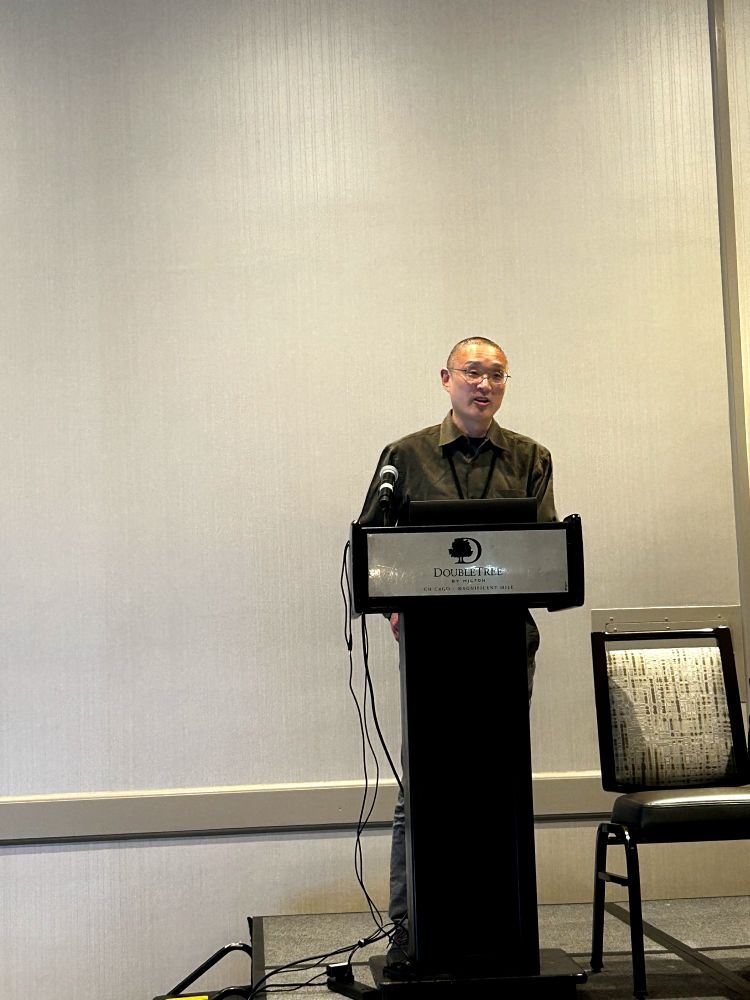
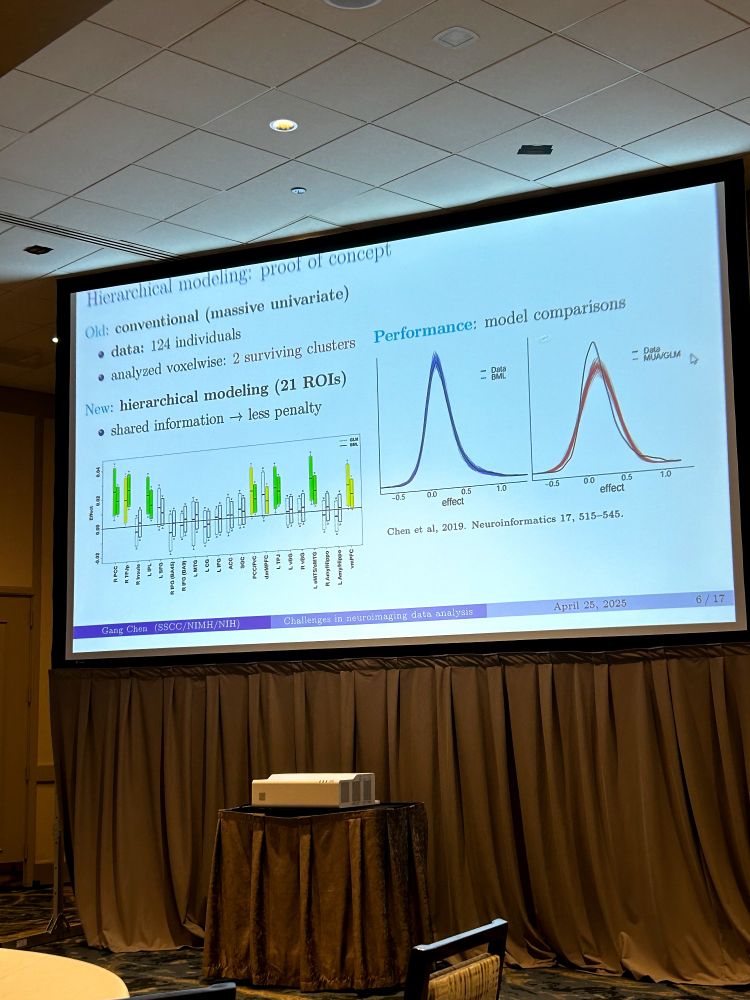
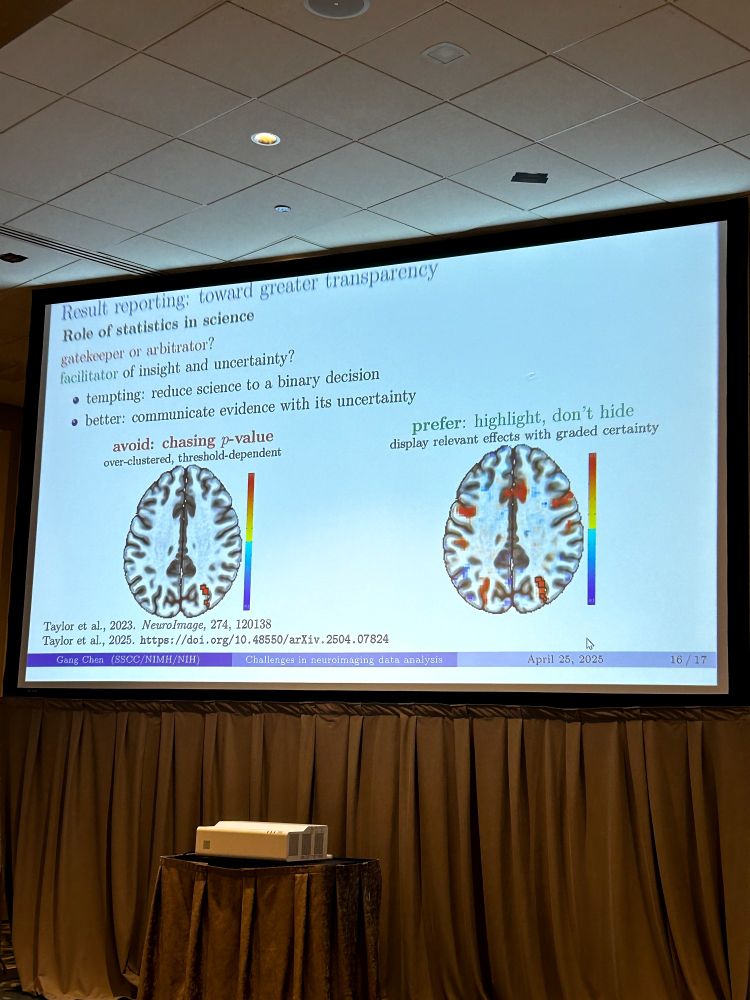
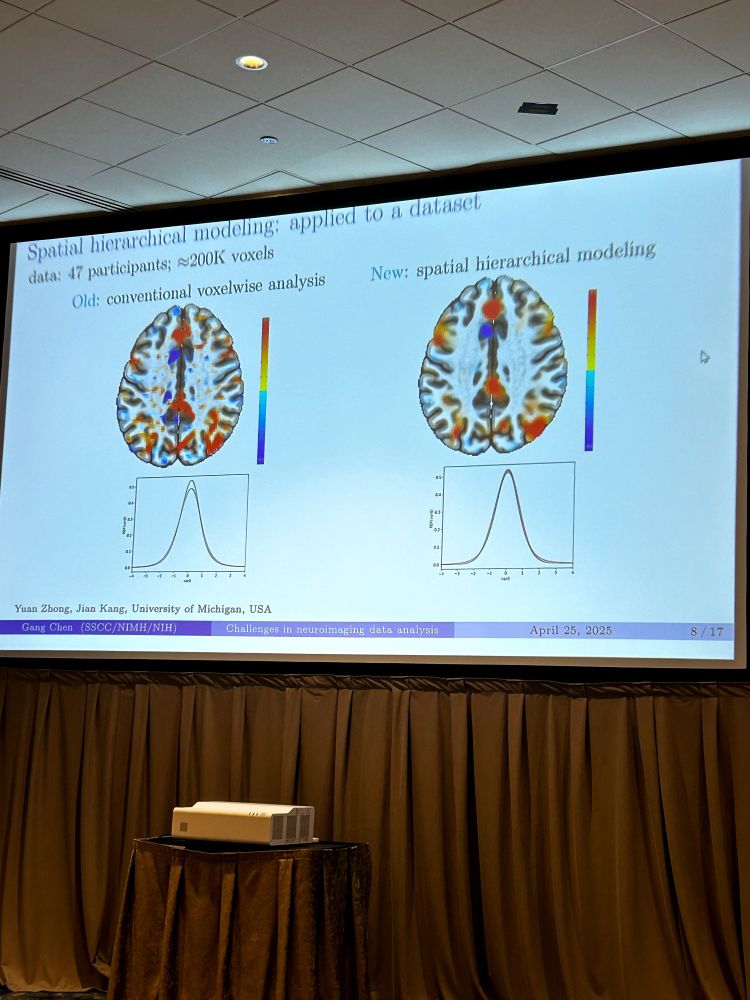
Instead, be a facilitator - share uncertainty and evidence! #SANS2025
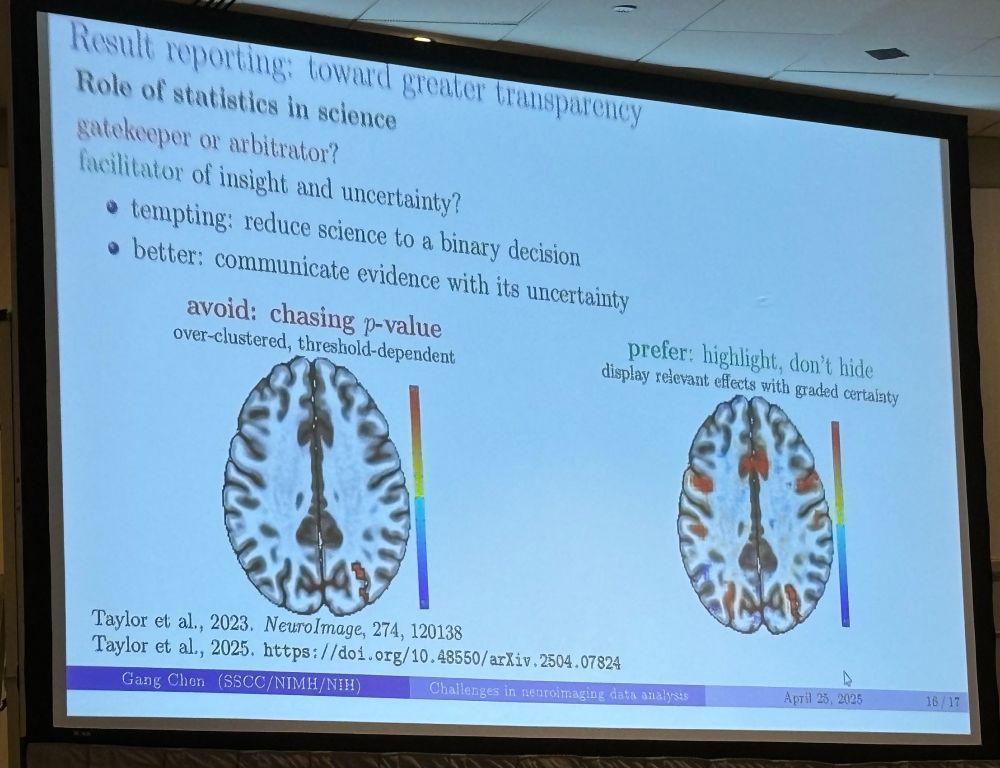
Instead, be a facilitator - share uncertainty and evidence! #SANS2025
"Go Figure: Transparency in neuroscience images preserves context and clarifies interpretation"
arxiv.org/abs/2504.07824
TL;DR: The FMRI world can (and should) improve results interpretation and reproducibility *today*, via transparent thresholding.

"Go Figure: Transparency in neuroscience images preserves context and clarifies interpretation"
arxiv.org/abs/2504.07824
TL;DR: The FMRI world can (and should) improve results interpretation and reproducibility *today*, via transparent thresholding.
Conventional estimation methods ignore measurement error, leading to a bias. Don't worry: hierarchical modeling to the rescue!
www.frontiersin.org/journals/gen...

Conventional estimation methods ignore measurement error, leading to a bias. Don't worry: hierarchical modeling to the rescue!
www.frontiersin.org/journals/gen...
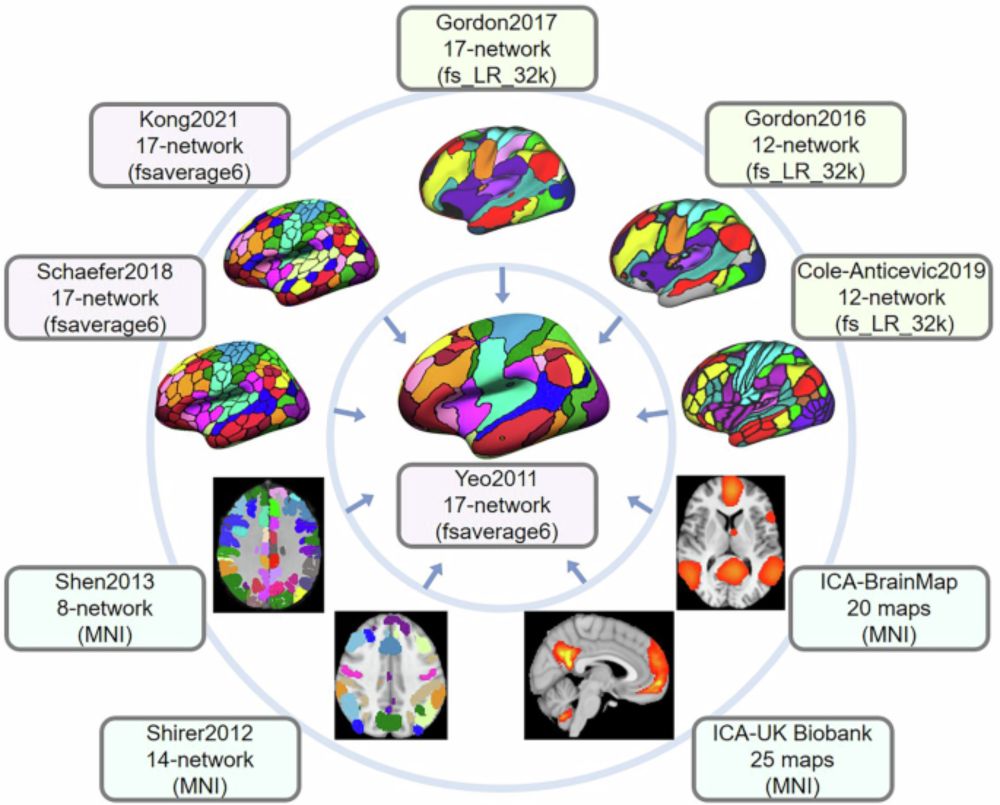
- Fast, high-res imaging: Whole-brain 0.35 mm MRI in <7 min at 7 T
- Vessel-type specific podt-processing: Capturing large leptomeningeal, pial, and intracortical meso-veins
PDF: doi.org/10.1101/2025...
Opponent visuospatial coding structures responses during memory recall and visual perception in medial parietal cortex
doi.org/10.1162/imag...
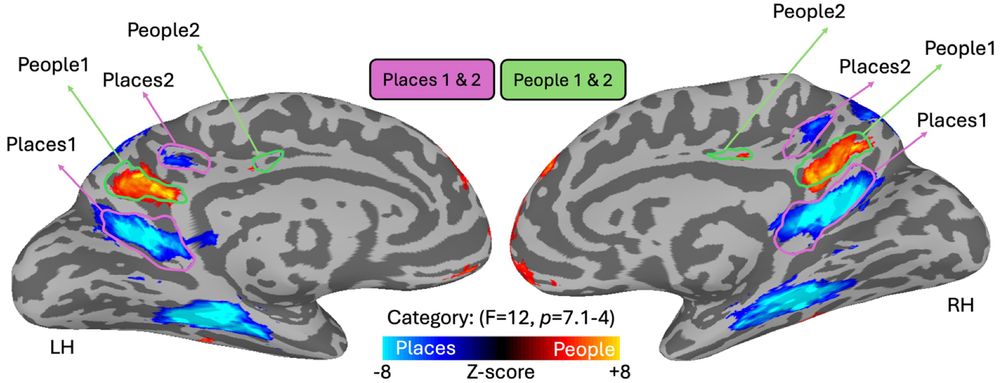
Opponent visuospatial coding structures responses during memory recall and visual perception in medial parietal cortex
doi.org/10.1162/imag...
We've come a long way in a short time and are hugely grateful to the neuroimaging community for your support.
Hope to see lots of you at OHBM @ohbmofficial.bsky.social
Typical neural adaptation for familiar images in autistic adolescents
doi.org/10.1162/imag...

We've come a long way in a short time and are hugely grateful to the neuroimaging community for your support.
Hope to see lots of you at OHBM @ohbmofficial.bsky.social




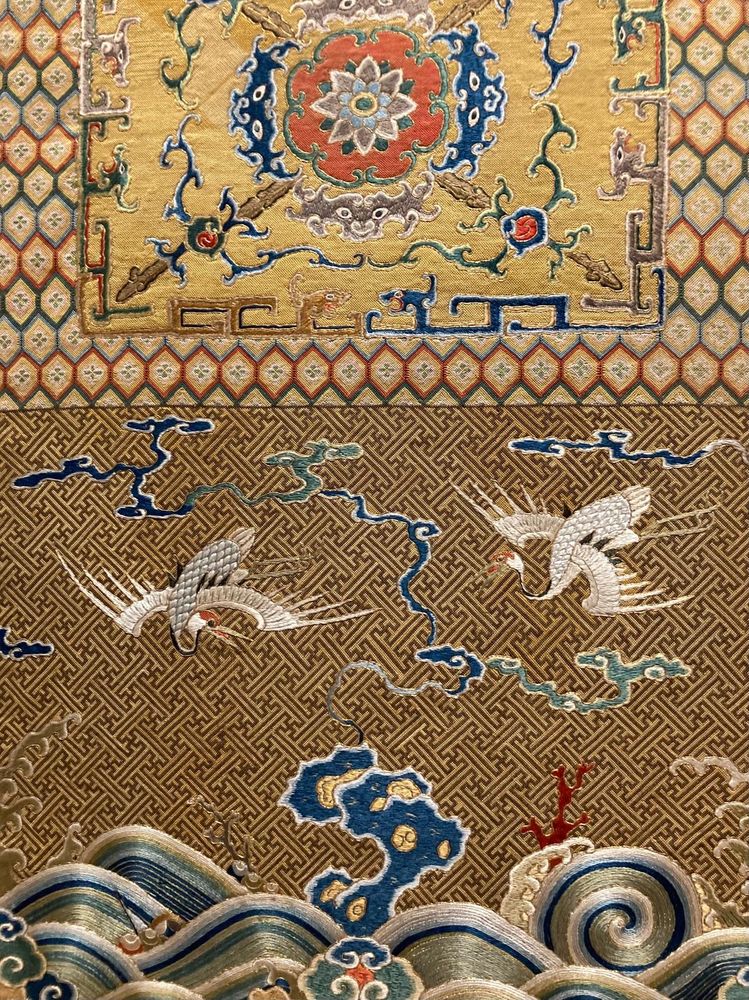

Here's cool data he showed: Paul used 2p holographic optogenetics (laser stim) to select and stimulate this neuron in a working brain.
This ability to change neural activity is key to understanding brains. To understanding #AI too. 🧪
Here's cool data he showed: Paul used 2p holographic optogenetics (laser stim) to select and stimulate this neuron in a working brain.
This ability to change neural activity is key to understanding brains. To understanding #AI too. 🧪
This was led by former Bachelor student Débora Elizarrarás and postdoc César Carranza. Here we wanted to study structural brain changes in opiod self-administration. Specifically if there was a link between MRI volume and neuroinflamation.

This was led by former Bachelor student Débora Elizarrarás and postdoc César Carranza. Here we wanted to study structural brain changes in opiod self-administration. Specifically if there was a link between MRI volume and neuroinflamation.

